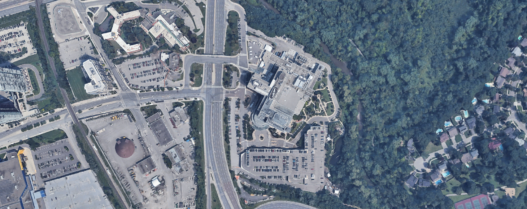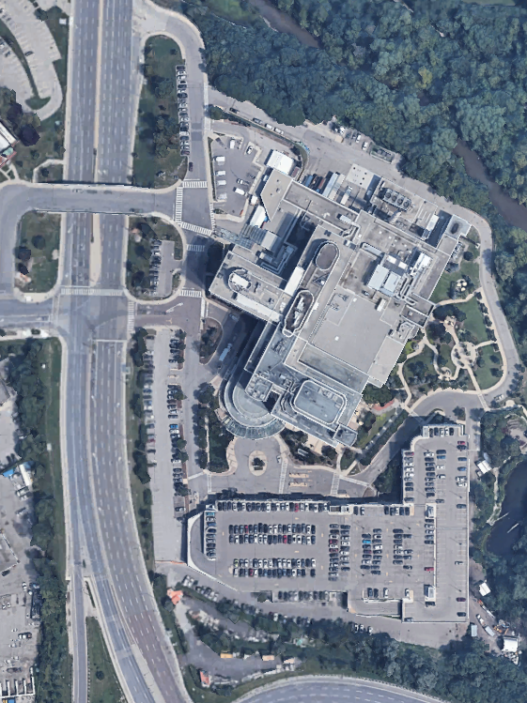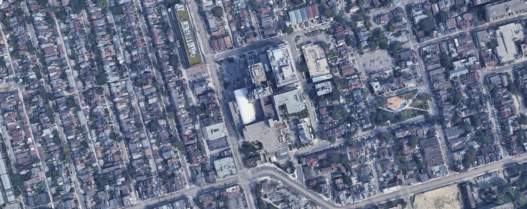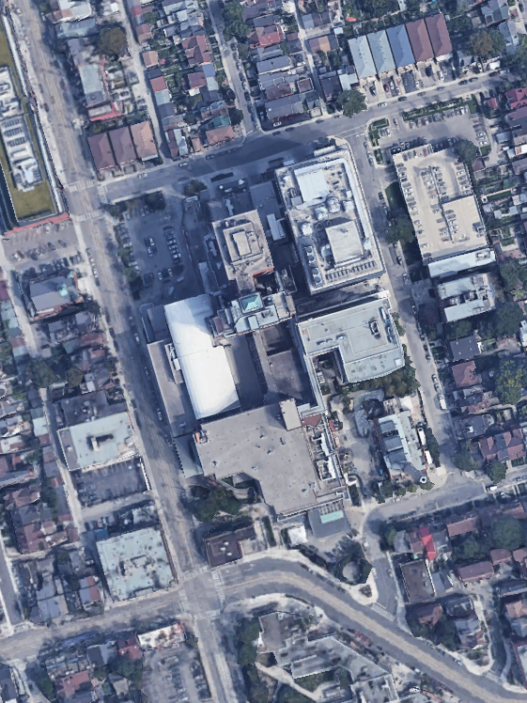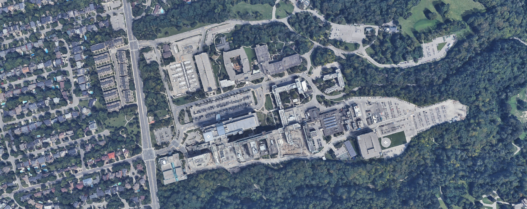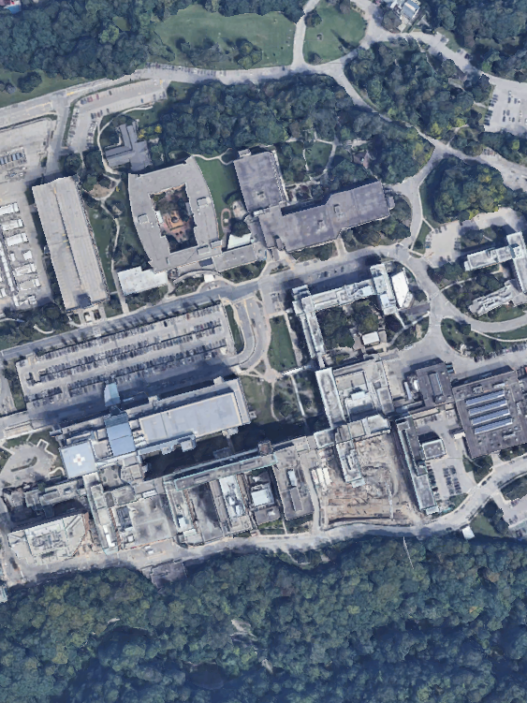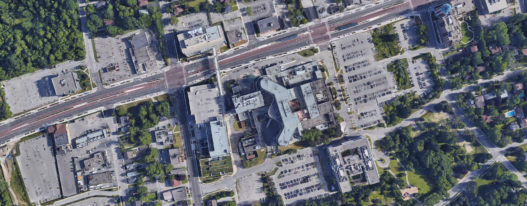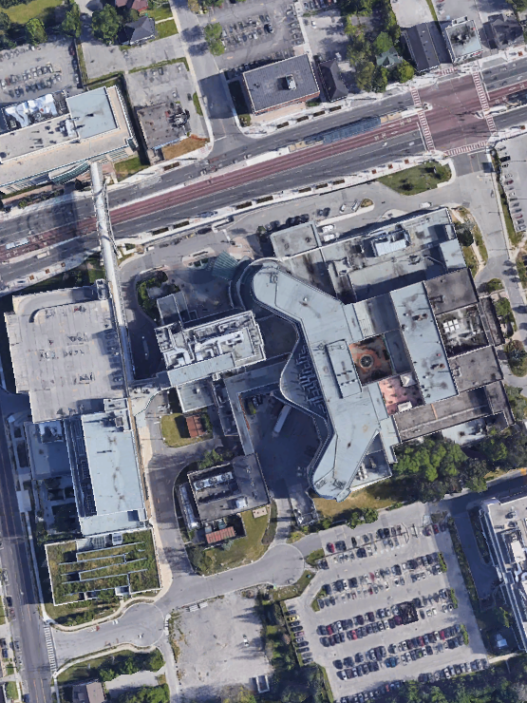Knee replacement surgery wait times can be long for Alberta residents. Long wait times can potentially increase fall risk for seniors.
⬇️ Scroll down to compare hospitals by expected wait time. Always verify the current expected wait times with your primary care physician or referred specialist.
Knee replacement surgery involves replacing a damaged knee joint with an artificial one, commonly needed by individuals with severe arthritis or significant knee damage, causing chronic pain and mobility issues.
Wait 1 is defined as the time between a patient receiving a referral from a primary care physician and their specialist consultation. Wait 2 is defined as the time between the decision to proceed with surgery and the surgery itself.
Table of Contents:
- Alberta hospitals with shortest knee replacement surgery wait times
- Alberta hospitals with longest knee replacement surgery wait times
- How to interpret surgery wait times
- Advocating for better data access
Alberta hospitals with shortest knee replacement surgery wait times
Below are five top hospitals in Alberta which have the shortest knee replacement surgery wait times:
- 🥇 Alberta Surgical Group – Heritage Valley ranks at the top for the shortest wait times for knee replacement surgery in Alberta, with an average wait of 43 weeks.
- 🥈 Peter Lougheed Centre takes the second spot for the shortest wait times, with an average wait of 45 weeks for knee replacement surgery.
- 🥉 Rockyview General Hospital, ranking third in wait times, reports an average wait of 64 weeks for knee replacement surgery.
- Foothills Medical Centre secures the fourth position in the list of hospitals with short wait times for knee replacement surgery, with an average wait of 66 weeks.
- Canadian Surgery Solutions Ltd ranks fifth for the shortest wait times in Alberta for knee replacement surgery, with an average wait of 73 weeks.
Alberta hospitals with longest knee replacement surgery wait times
Below are five top hospitals in Alberta which have the longest knee replacement surgery wait times:
- 🐌 Grande Prairie Regional Hospital (formerly QEII) reports the longest wait times for knee replacement surgery in Alberta, with an average wait of 181 weeks.
- 🐢 South Health Campus ranks second for the longest wait times, with an average wait of 109 weeks for knee replacement surgery.
- 🦥 Chinook Regional Hospital, ranking third in wait times, reports an average wait of 96 weeks for knee replacement surgery.
- Misericordia Community Hospital secures the fourth position for knee replacement surgery wait times, with an average wait of 89 weeks.
- Medicine Hat Regional Hospital ranks fifth for the longest wait times in Alberat for knee replacement surgery, with an average wait of 87 weeks.
How to interpret surgery wait times
Wait time is defined as the interval from the decision to pursue a medical service to the actual execution of the procedure or test. This data is sourced from the Alberta Wait Times Reporting website, overseen by the Alberta Ministry of Health, which compiles information submitted by hospitals and diagnostic clinics across Alberta, encompassing both urban and rural areas. These institutions gather data from physicians and healthcare providers responsible for the listed procedures.
For accuracy, the protocol mandates the use of data from at least three months to estimate the wait times for 90% of patients for a specific procedure at a particular facility. This standardized reporting mechanism across the province involves direct data submission by hospitals from physicians, who bear the responsibility for the precision of this information.
Percentile wait times represent the duration within which a respective percentage of patients received their procedure or test, utilizing data from the previous three months. This calculation excludes individuals who opted to delay their procedure voluntarily, had scheduled follow-ups, or were provided with emergency services.
Variations in wait times can be attributed to differences in the procedure type, the specialist involved, and the facility location. Patients are encouraged to consult with their physicians to gain insights into the reasons behind these discrepancies. Factors such as the local surgeons’ workload, the presence of newer surgeons establishing their practices, specialists’ limitations to certain procedures or part-time schedules, and the requirement for specialized staff and facilities can all influence wait lists.
The term “Patient Count” refers to the tally of individuals who underwent a procedure within a specific month, inclusive of those who postponed their procedure or test voluntarily and those with scheduled follow-up procedures.
Advocating for better data access
We are thankful for the Government of Alberta’s efforts in providing wait time information for the most common medical procedures. Alberta stands out globally for its transparency in reporting hospital wait times and covers a wide array of medical procedures.
We encourage Alberta Health Services to expand its data reporting to include average wait times by facility, as seen in Ontario. This information would greatly benefit patients by allowing them to choose facilities with shorter wait times.
Readers can consider reaching out to Alberta Health Services to advocate for this beneficial change.
Learn wait times for other medical procedures in Alberta:








